Dubrovnik is definitely one of the most popular destinations in Croatia nowadays. This summer, we are witnessing many celebrities arriving to this beautiful city. We bring you a guide of top locations worth visiting, if your journey takes you to this pearl of the Adriatic.
A WALK DOWN STRADUN AND A VISIT TO MUSEUMS
Stradun, one of the most beautiful promenades in Europe, is the first to welcome its guests and visitors in all its splendor. It is the starting point from which you go and explore the old town. The old town of Dubrovnik alone is, we can freely say, a museum. On almost every corner, you will see masterpieces of architecture and traces of the ancient past. Explore the alleys, squares, cathedral, fountains, palaces and museums. Visit the souvenir shops or goldsmiths who use old techniques to make traditional Dubrovnik jewelry.

The Rector’s Palace is a must-visit place for anyone coming to Dubrovnik. You will immediately notice the beautiful arcades of this Gothic-Renaissance palace. In the past, the palace was headquarters of the government and the Rector, who was elected for a period of one month. The courtroom, the armory and the infamous dungeons were also there. Today, it is the Cultural History Museum, but also the venue for many concerts, since the atrium of the palace is very acoustic. Find all the details about the palace here.
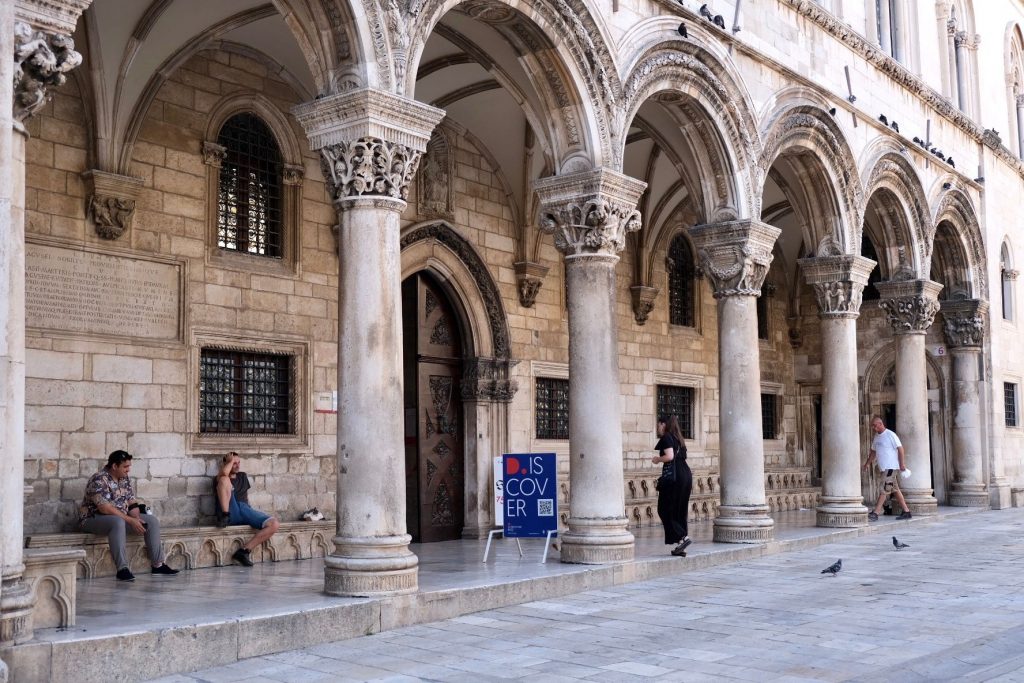
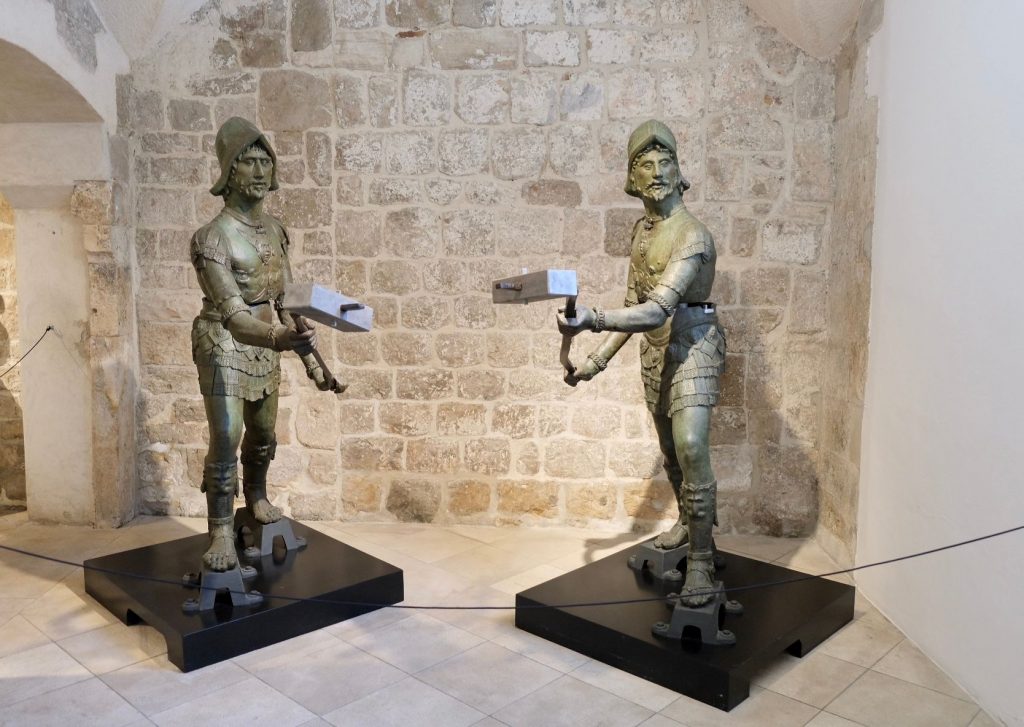
Bronze moving sculptures of mythical warriors that struck the hours on a bell with a hammer at the city’s Bell Tower. They are popularly called Maro and Baro, and are also known as “Zelenci”.
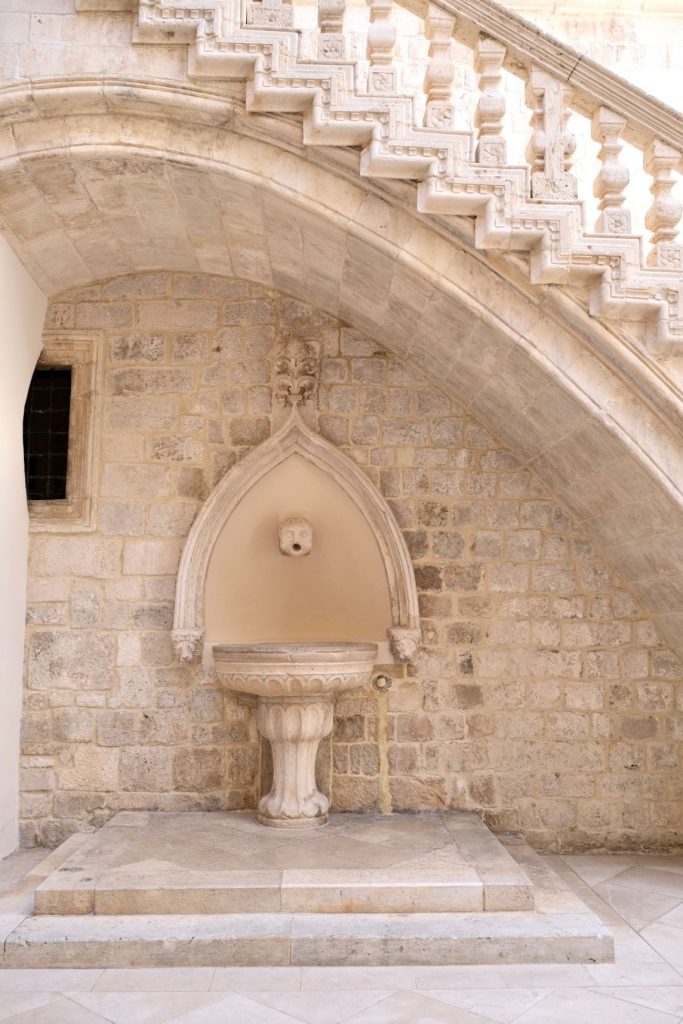
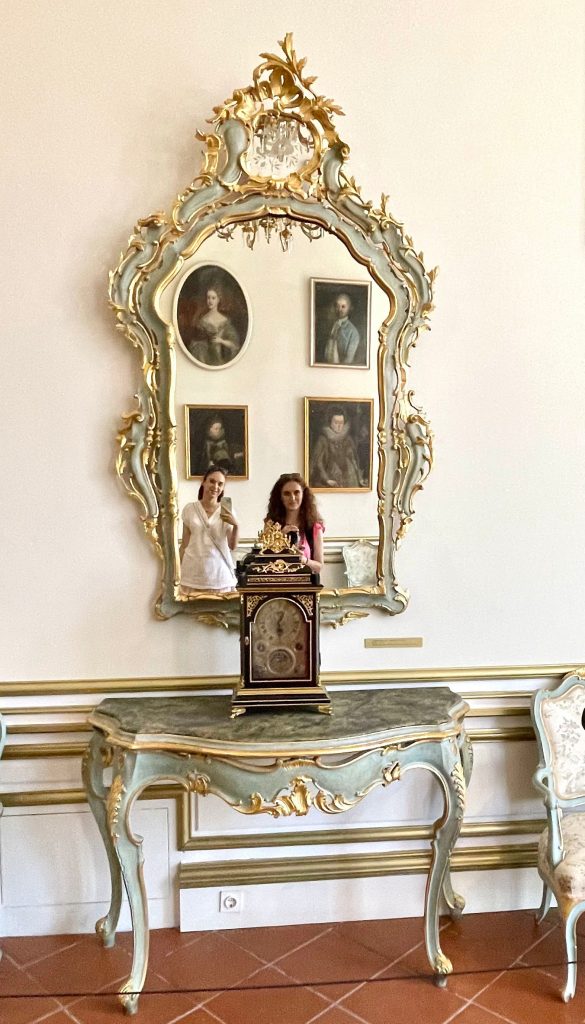

The Ethnographic Museum is located in the old granary building of the Republic of Dubrovnik, dating back to 1590. The building was constructed to store grain, and was popularly called Rupe (Holes) because of the underground grain storage. The grain was stored in large holes or wells carved into the stone. Today, they can be seen on the ground floor. On the upper floors, there is a permanent exhibition of the heritage of Dubrovnik.
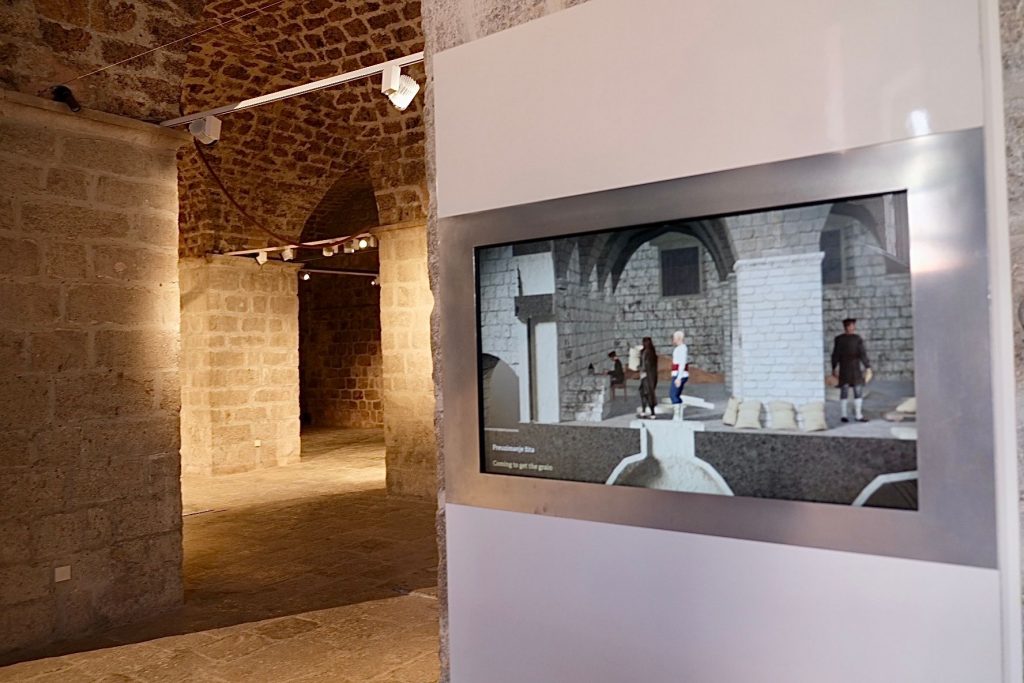
You can see old costumes, jewelry, displays of old kitchens and hearths, farm tools, etc.
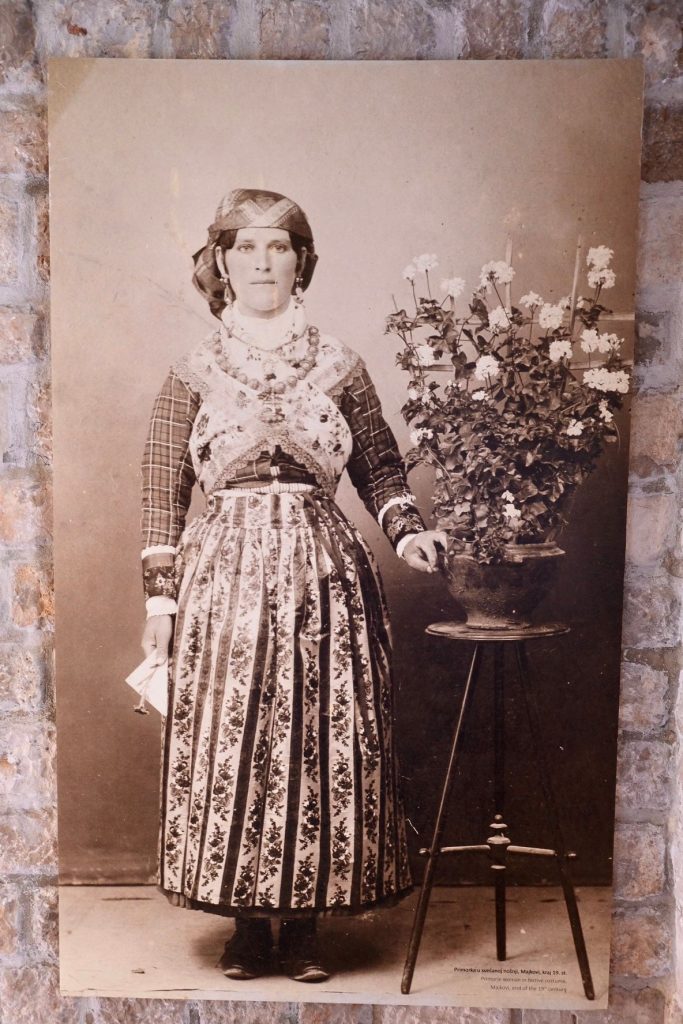


While climbing to the first and second floors, don’t miss the beautiful view of Dubrovnik.

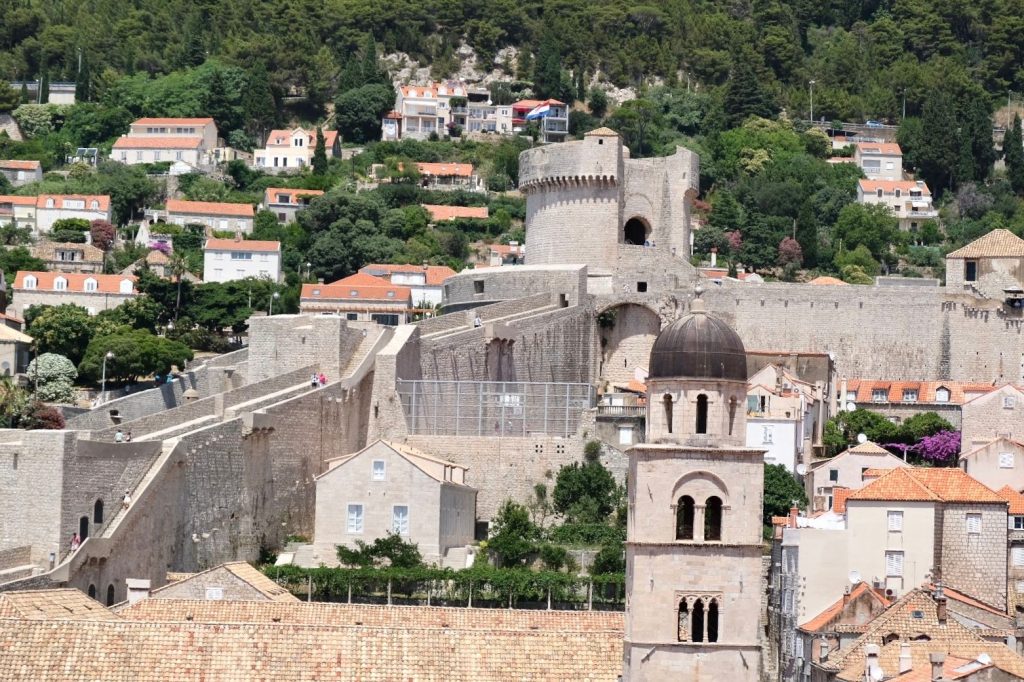
You can also buy original souvenirs in the museum. We liked these earrings from the souvenir shop in the Ethnographic Museum.
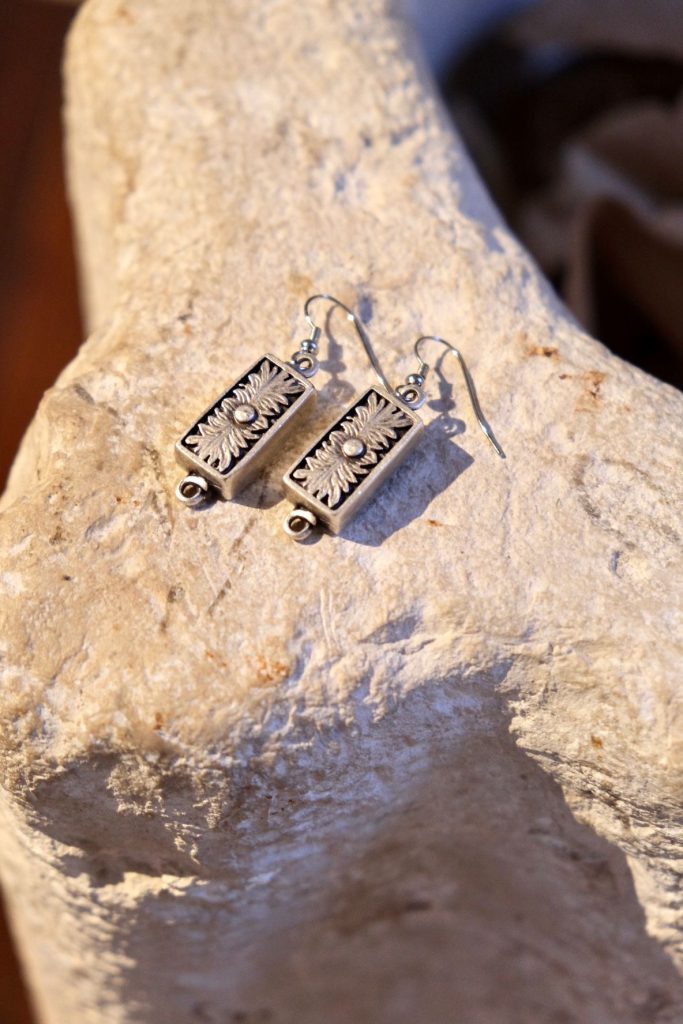
Dubrovnik Cathedral is a beautiful baroque edifice, dedicated to the Assumption of the Blessed Virgin Mary and is the center of the Dubrovnik diocese. It was built on the site of a Byzantine and Romanesque cathedral that was destroyed in the great earthquake of 1667. According to legend, the Romanesque cathedral from the 12th century was built with a donation from the English king Richard I the Lionheart. He was shipwrecked and found refuge in Lokrum. As a sign of gratitude, he donated 100,000 ducats for the church, which was a lot of money at the time.

Many works of art are kept in the treasury of the cathedral. Among them is a painting of the Virgin and Child by the famous Italian painter Raffaello, and above the altar there is a painting of the Assumption of Mary by another famous Italian painter – Titian.
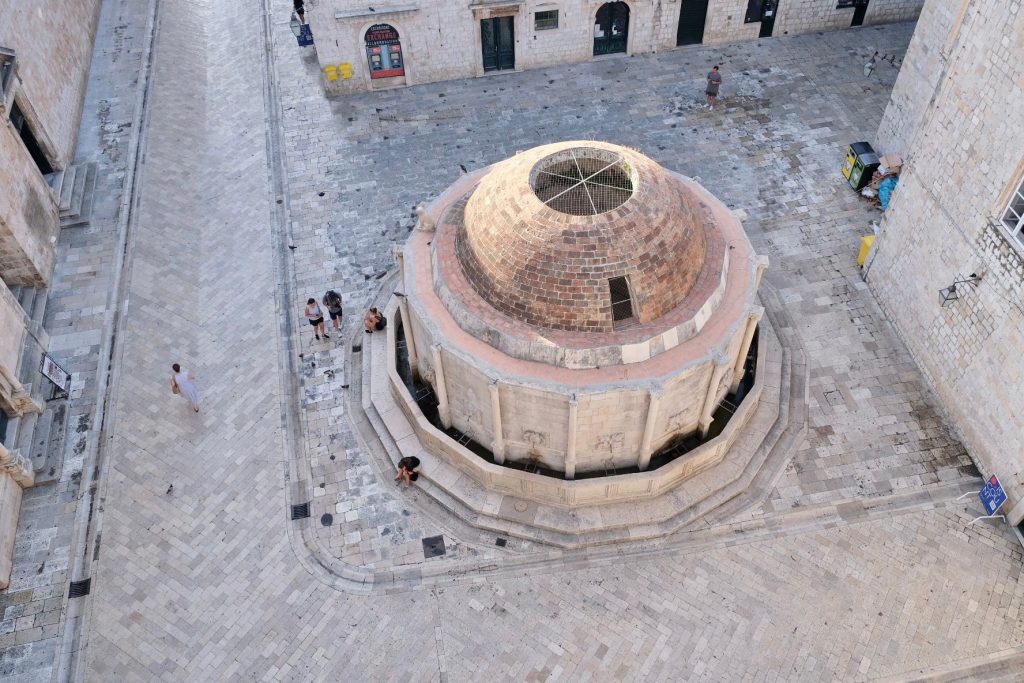
While walking through the old town, you will come across numerous souvenir shops. Original Dubrovnik souvenirs can also be found in museum souvenir shops.
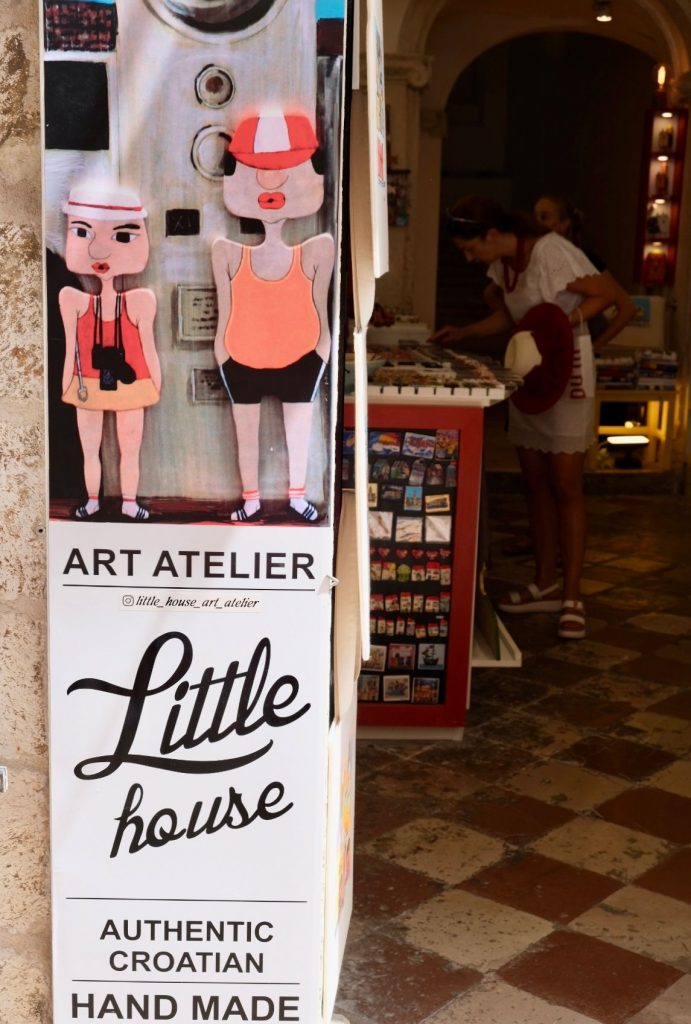
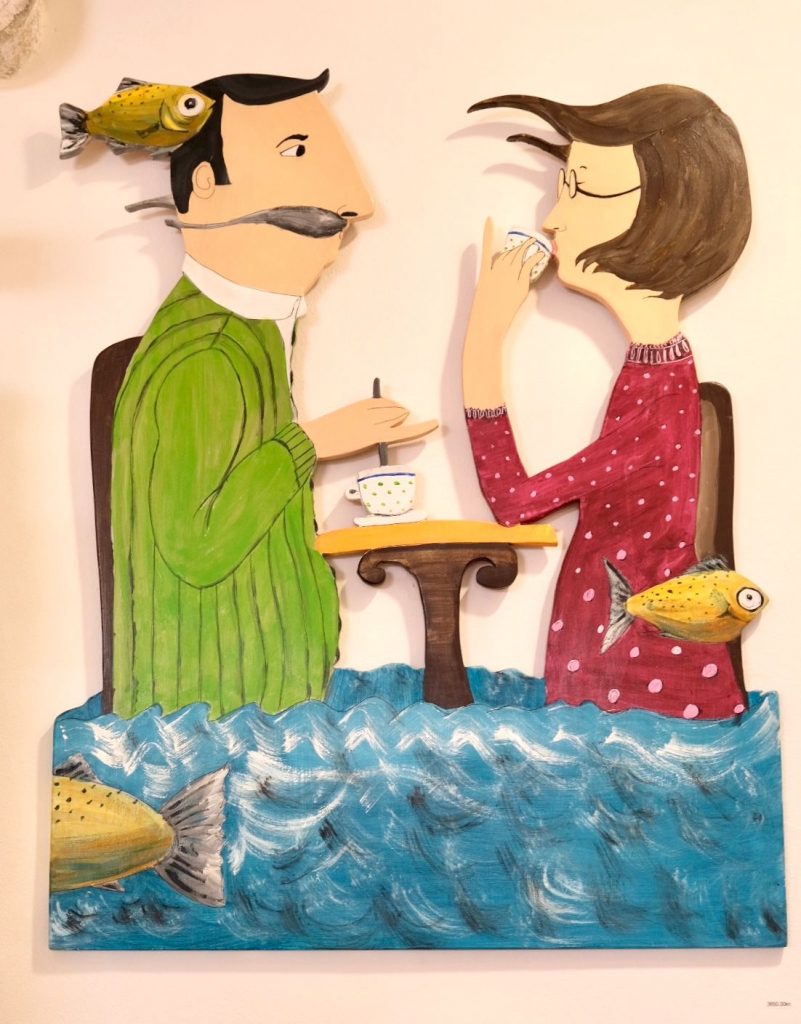
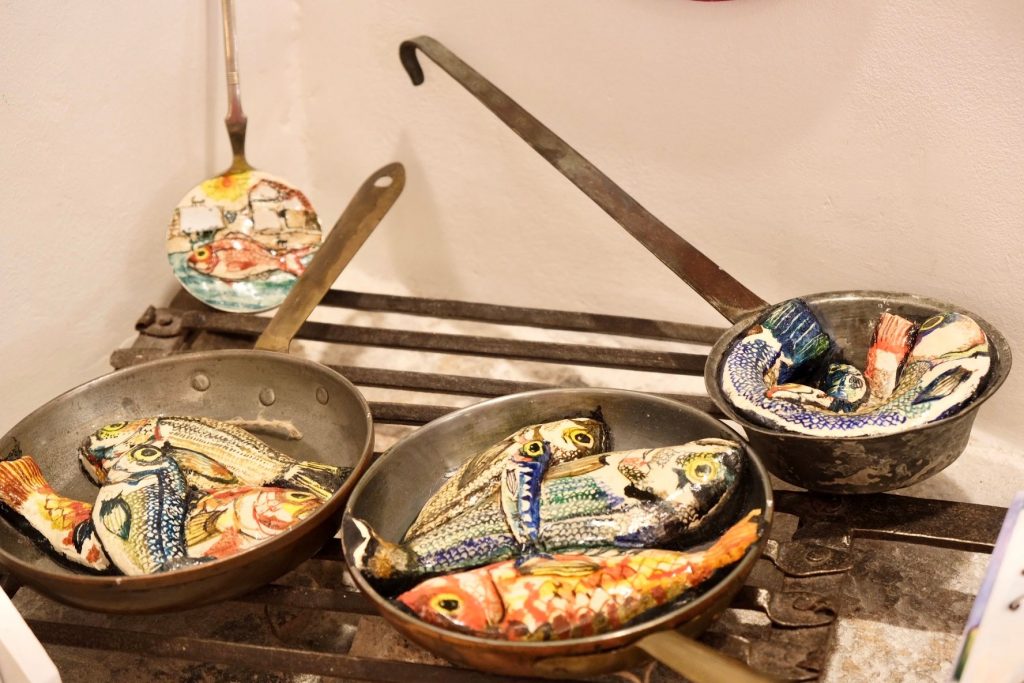
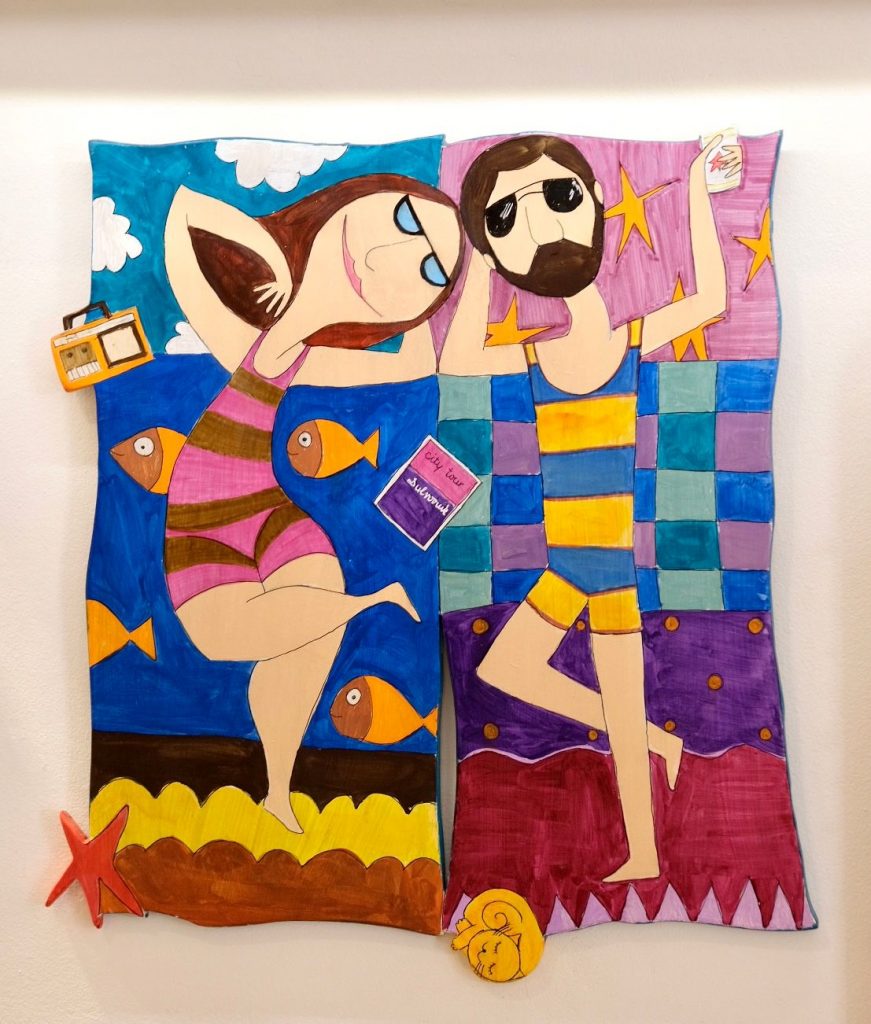
A bit of Christmas spirit.
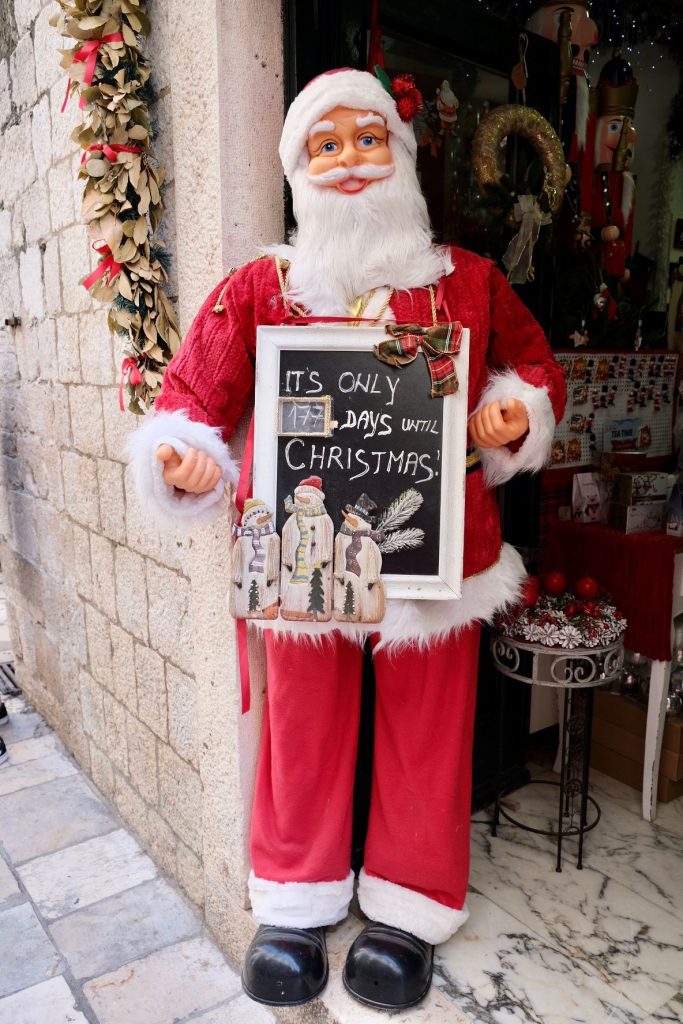
DUBROVNIK CITY WALLS
Perhaps you can get the best impression of all the beauty of the old town by strolling the city walls. You’ll discover beautiful views of Dubrovnik’s rooftops and narrow streets, towers, the cathedral, the islet of Lokrum, the basketball court, all surrounded by the blue of the Adriatic. The massive walls that resist the test of time and stand motionless even when exposed to strong earthquakes, such as the one in 1667, are really impressive. So it is no wonder that the walls are among the most beautiful fortification monuments in Europe.

They are 1940 meters long and it took us a little more than 2 hours to tour them, including taking photos and a coffee break. On the walls, there are a couple of cafes where you can refresh yourself, and three entrances: near the Pile gate, near the fortress of St. John and St. Luka. Click here for more details.
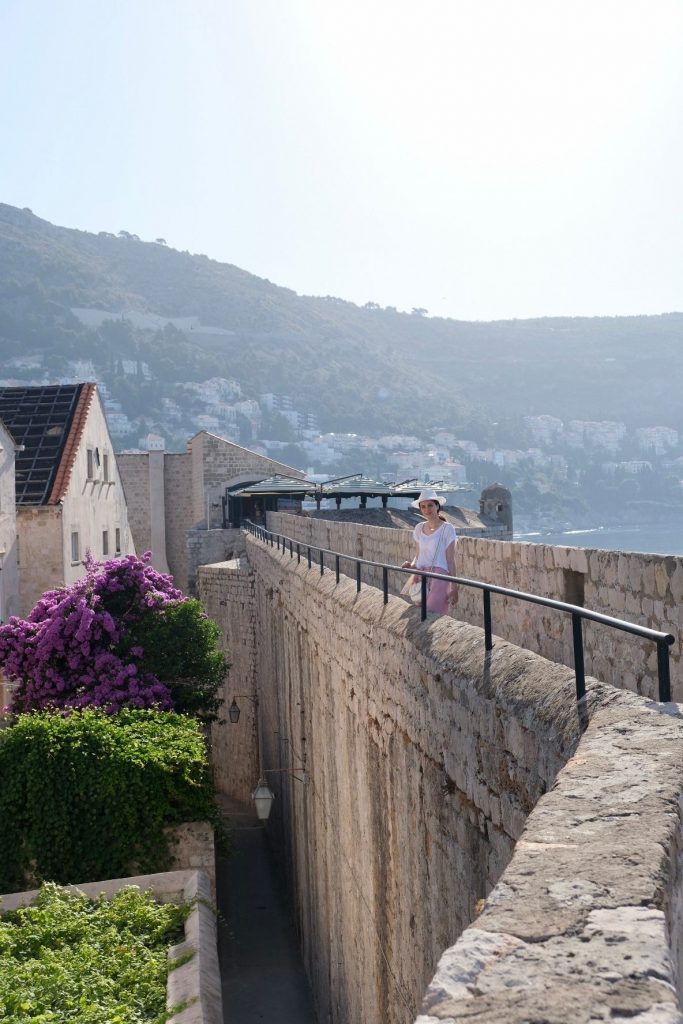
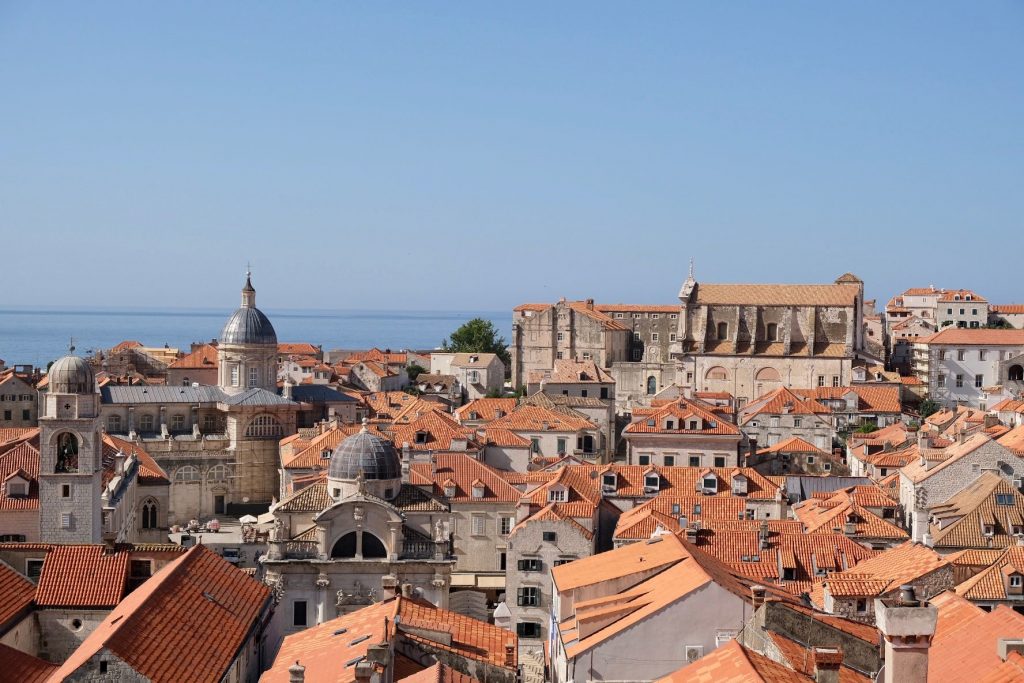

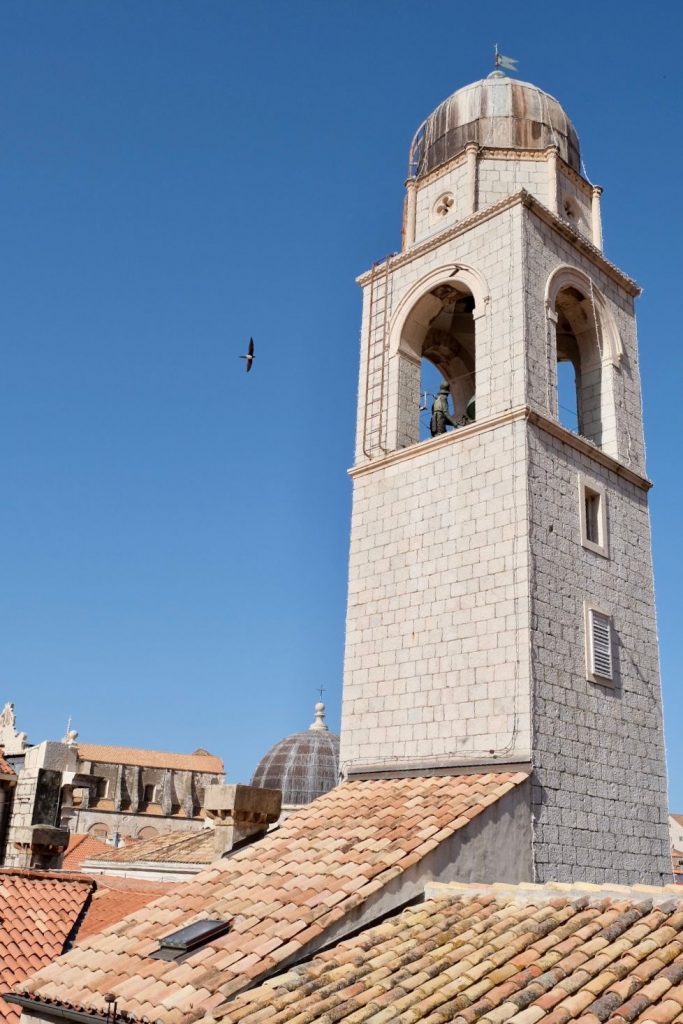
Interesting fact: this summer the Minčeta motif is on the special packaging of Vegeta. The Minčeta Tower is a symbol of Dubrovnik and represents an indestructible stronghold of the city’s defense, just as Vegeta, the most popular Croatian spice, represents the base of every good dish. You can find the tin can in all the major grocery stores. In addition to the motif of Dubrovnik, the cans also feature motifs of Zagreb, Split, Šibenik and Pula.

LOKRUM
Only a 10-minute boat ride from Dubrovnik, you’ll find the islet of Lokrum. Mentioned for the first time in 1023 as a Benedictine property, it was probably inhabited even before. Some believe the Basilians lived there in 915. In 1192, according to legend, returning from the Crusades from Palestine, Richard I the Lionheart found salvation from a shipwreck on this islet. Today, it is a favorite place where Dubrovnik residents and their guests go to swim and enjoy nature.

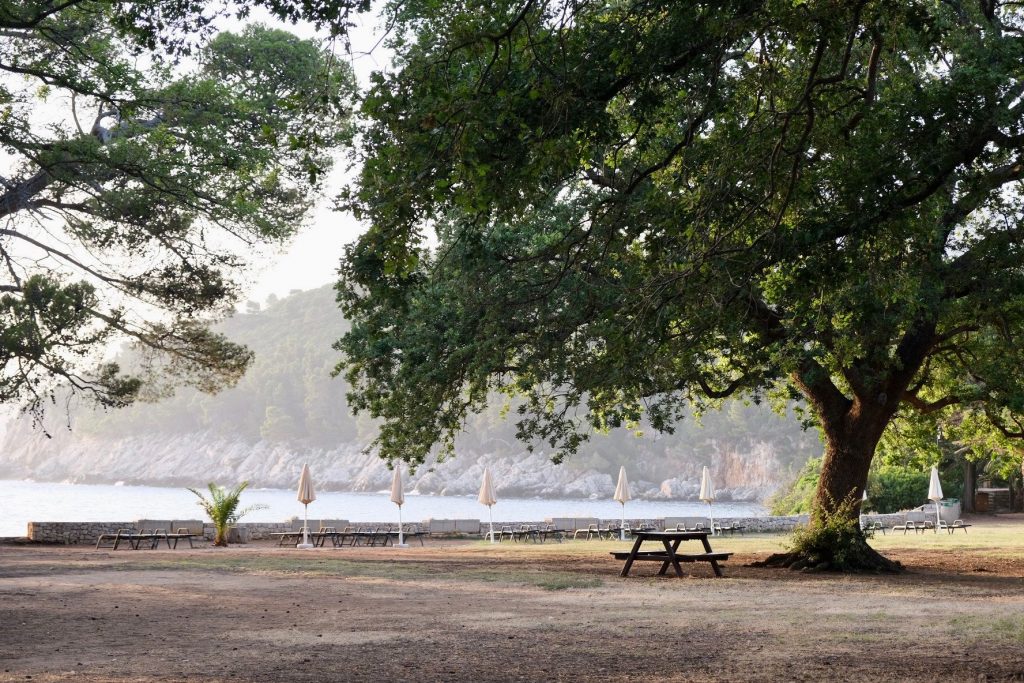
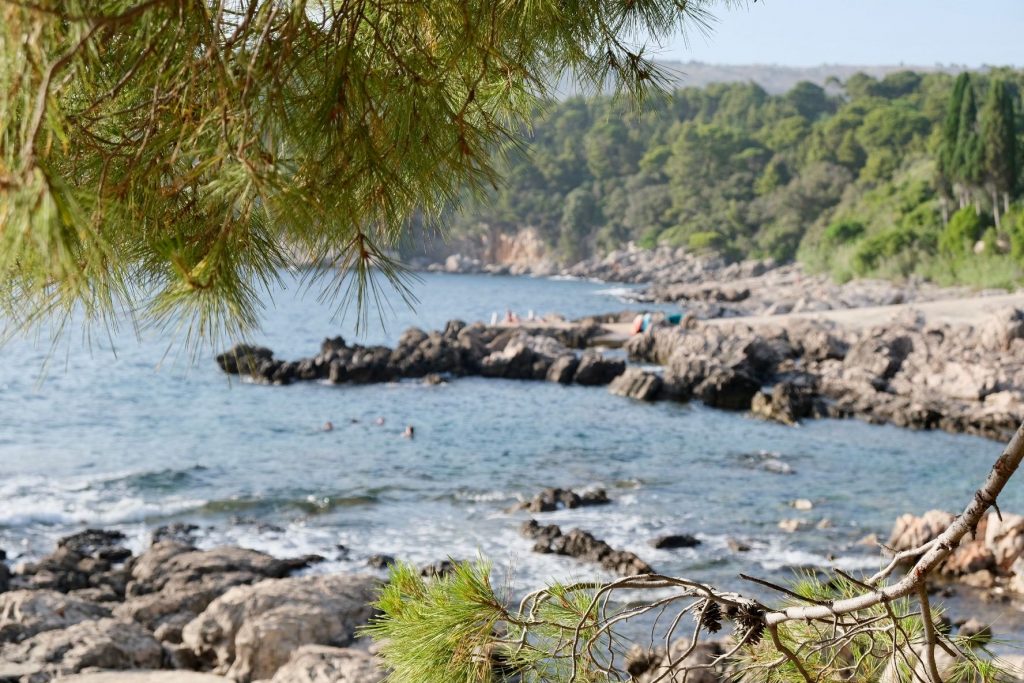
You will notice that Lokrum is full of greenery. There are olive groves, promenades, a botanical garden, and out of a total of 0.7 km2, as much as 0.6 km2 is covered with dense vegetation. Lokrum was protected as a Special Forest Vegetation Reserve in 1976 and is under the protection of UNESCO. All visitors are obliged to preserve nature and cultural assets and it is not allowed to throw trash or, for example, light a fire or smoke. On Lokrum, you will also meet a lot of peacocks that carelessly and proudly walk around and have become the islet’s “trademark”.
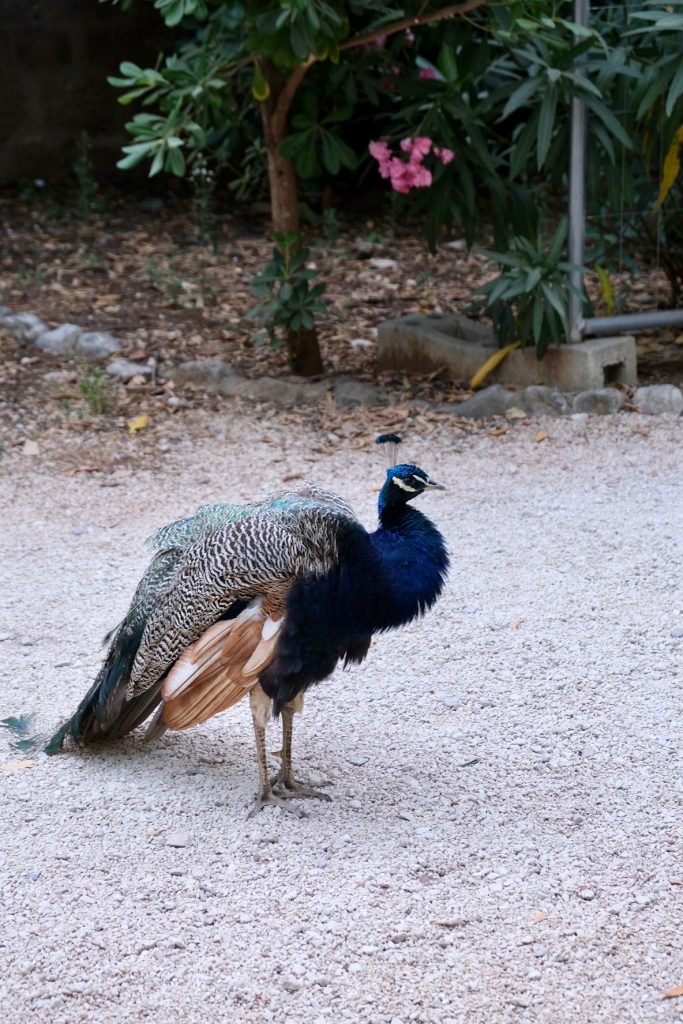
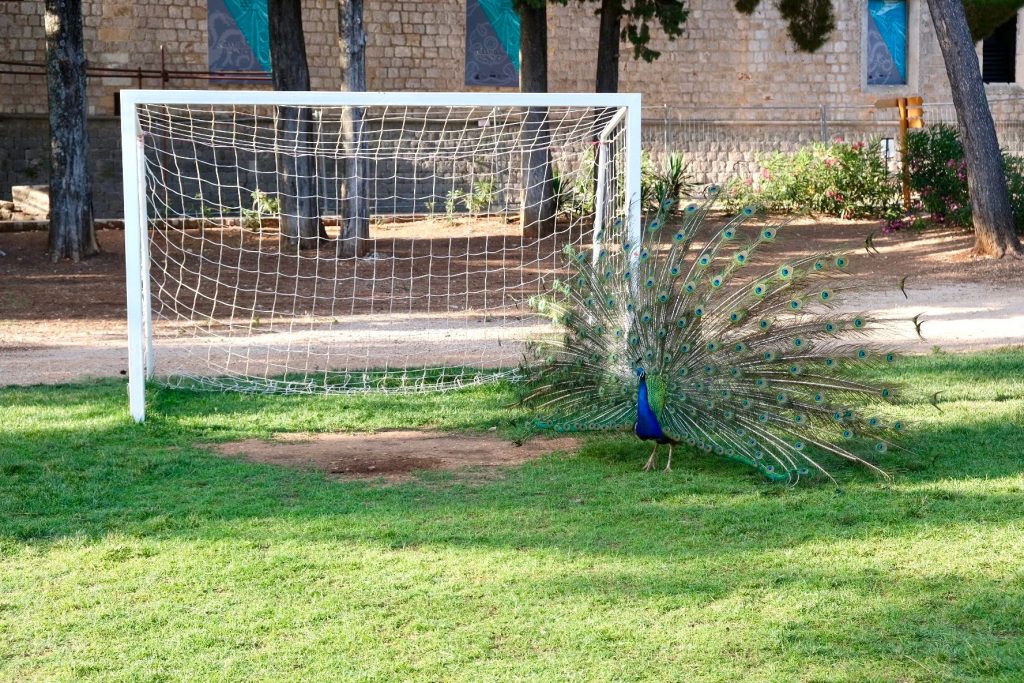
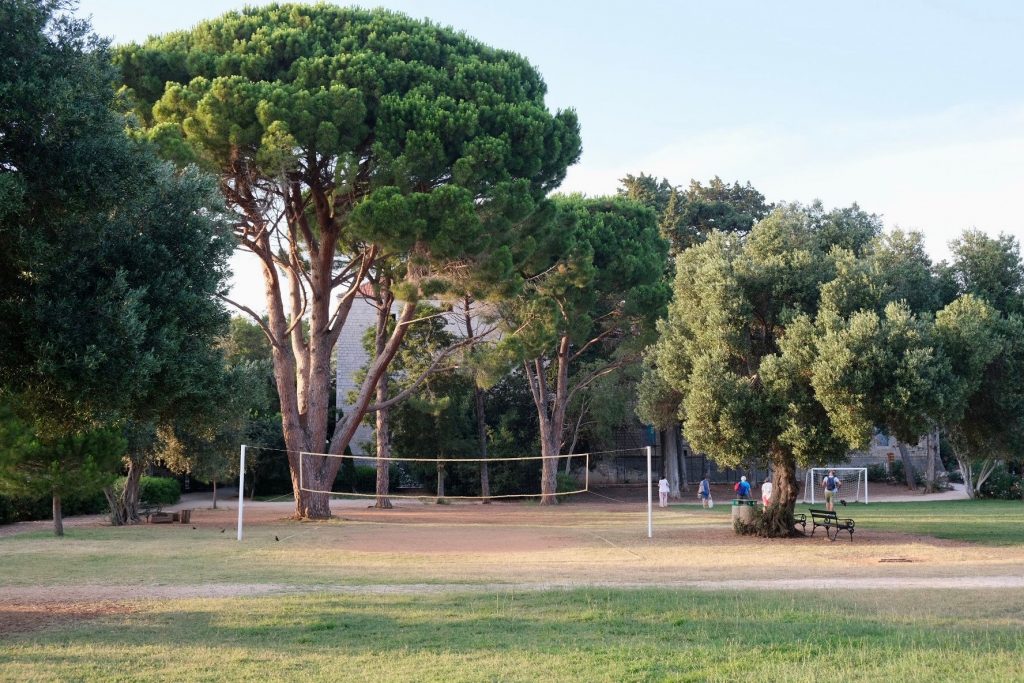
There are several restaurants and a cafe on the island. Arrival and departure is organized by boat from Dubrovnik’s Old Town Port. The details about the visit can be found here.
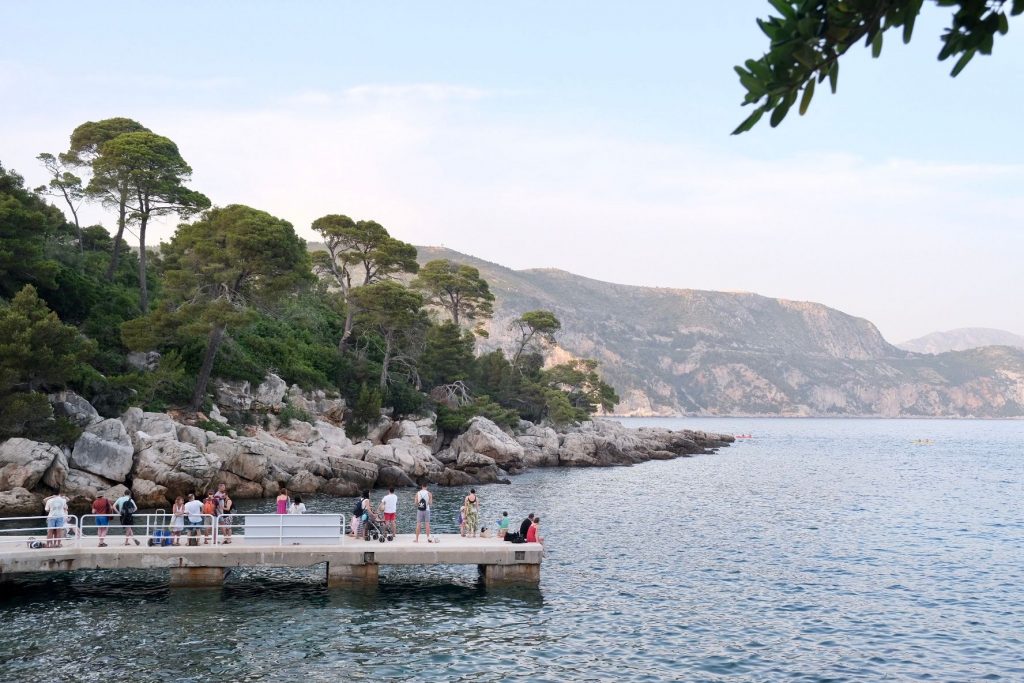
SRĐ
The best place from which you can enjoy the view of Dubrovnik and the surrounding islands is certainly Mount Srđ in Dubrovnik. It was named after the oldest patron saint of Dubrovnik, St. Srđ, and has always protected Dubrovnik from storms and various invaders. You can get there by cable car or by car. There is a restaurant and a cafe at the top, as well as the Imperial fortress, which is now the Museum of the Homeland War.

Enjoying the sunset on Mount Srđ is definitely a unique experience.
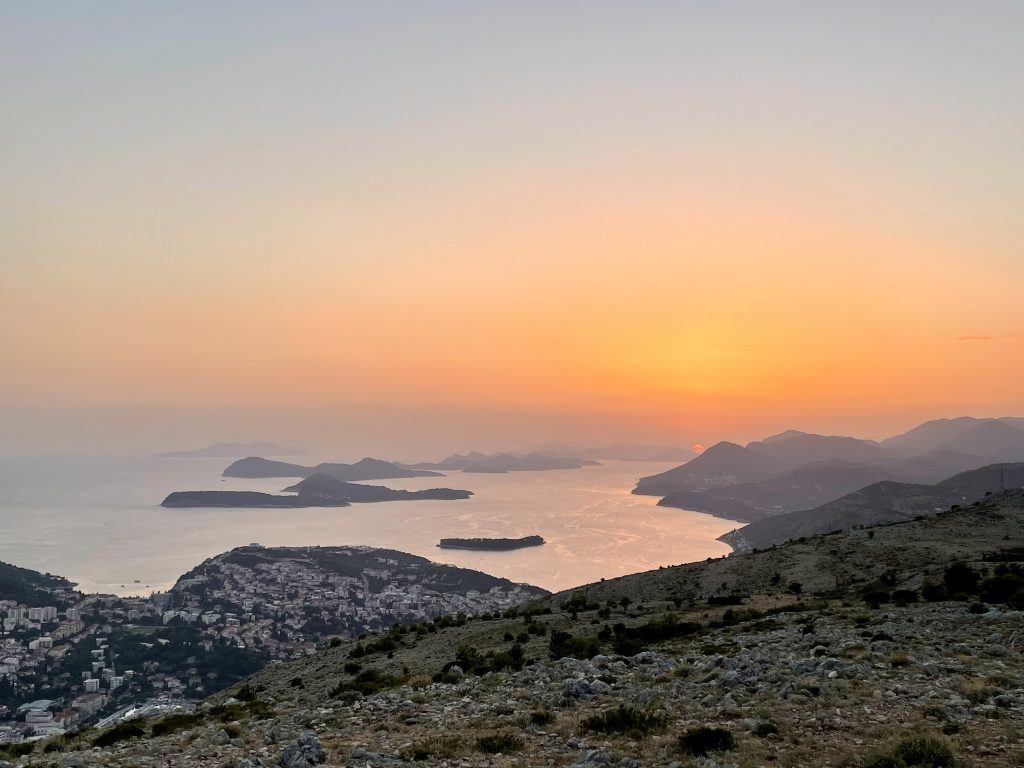
BANJE
Banje, the most famous beach in Dubrovnik, is only a few minutes’ walk from the Old Town. Some consider this sand and pebbly beach to be the most beautiful beach in Dubrovnik. Swimming with a view of the City Walls will remain an unforgettable experience. In the summer months, if you don’t like the crowds, we recommend visiting the beach in the early morning or late afternoon. Swimming at sunset, when the beach is less crowded, is definitely a unique experience.
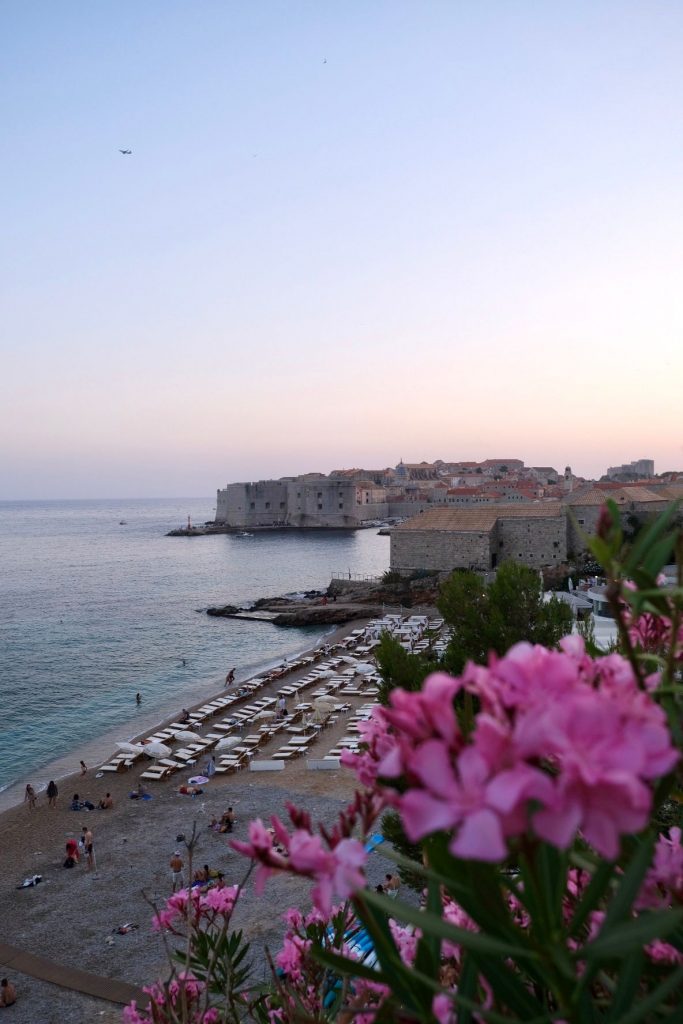
GASTRONOMY
Dubrovnik is known for its numerous top restaurants, many of which are visited by world celebrities. One such fine-dining restaurant we had the chance to visit is Posat. It is located right next to the city walls and at the foot of the impressive Minčeta Tower. Our hosts were the owners of the restaurant – chef Ivica Udženija and manager Mario Ševelj. Chef Ivica showed us how to prepare one of their specialties, Lobster & Lobster, for which we are bringing you an exclusive recipe. It’s black ravioli stuffed with bisque lobster meat and grilled lobster tail. A real summer seafood dish to which, for this occasion, we added Vegeta spice. We used Vegeta packed in the limited-edition tin cans with the motif of the city walls and Minčeta tower.
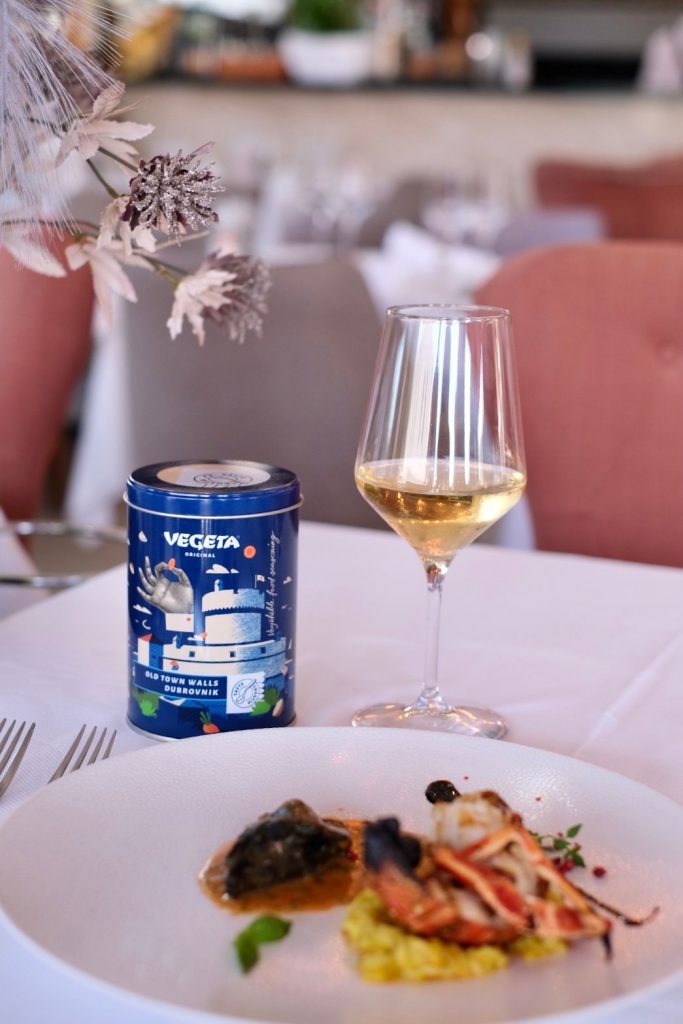
Lobster & Lobster
Ravioli with cuttlefish ink filled with bisque lobster meat & grilled lobster tail
Ingredients (for 4 people)
Dough for ravioli:
Flour type 00 0.4 kg
Cuttlefish ink 0.02 kg
Mineral water 0.1 L
Eggs 4 pcs
Salt and pepper as desired
Basil optional
Ravioli:
Lobster 1kg
Onion 0.3kg
Garlic 0.05kg
Wine 0.1L
Tomatoes 0.3kg
Parsley 0.05kg
Fish stock 1 L
Cognac 0.05 L
Basil optional
Vegeta 1 teaspoon
Butter 0.10 kg
Preparation:
Clean two lobsters of approx. 0.5 kg. We leave the heads to make bisque, separate one part of the lobster tails for filling ravioli, and the other part for grilling.
Bisque – brown the onion in olive oil and add the lobster shells, when fried add cognac and flambé to enhance the flavor of the main ingredient. Then we add parsley, garlic, chopped tomatoes, add a little fish stock. Let everything cook together and add white wine and spices as desired. When the sauce is ready, strain it and it is ready as one of the components of our dish.
Ravioli – mix flour, eggs, cuttlefish ink, mineral water and spices as desired and let the dough rest in the fridge for 2 hours. Roll out the ravioli dough and fill it with fried pieces of lobster covered with bisque. Mash the ravioli and serve them in the bisque.
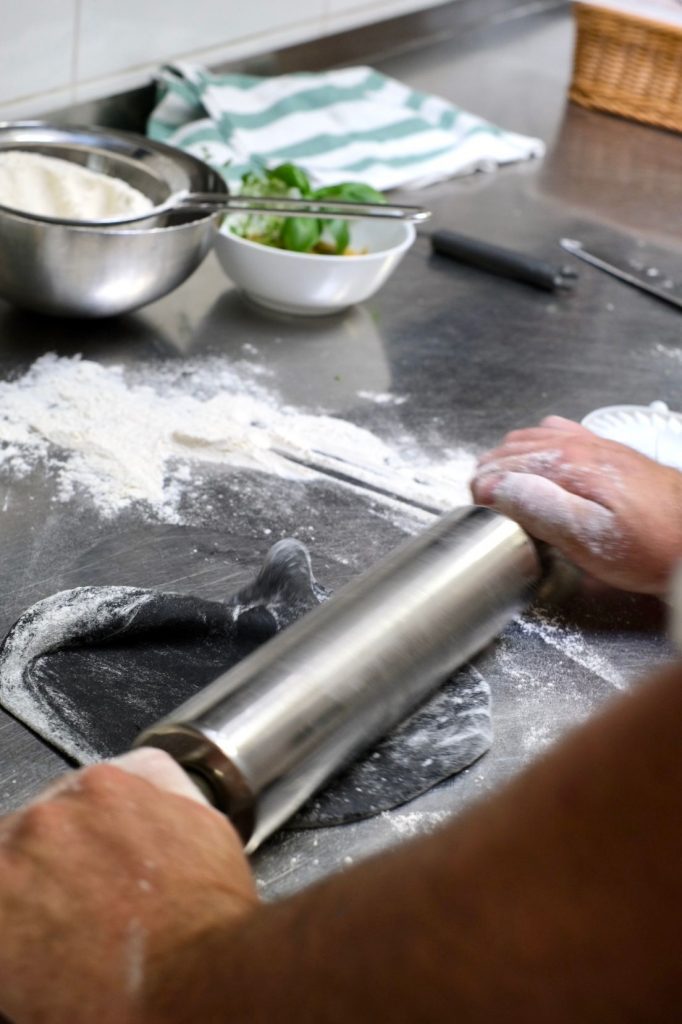
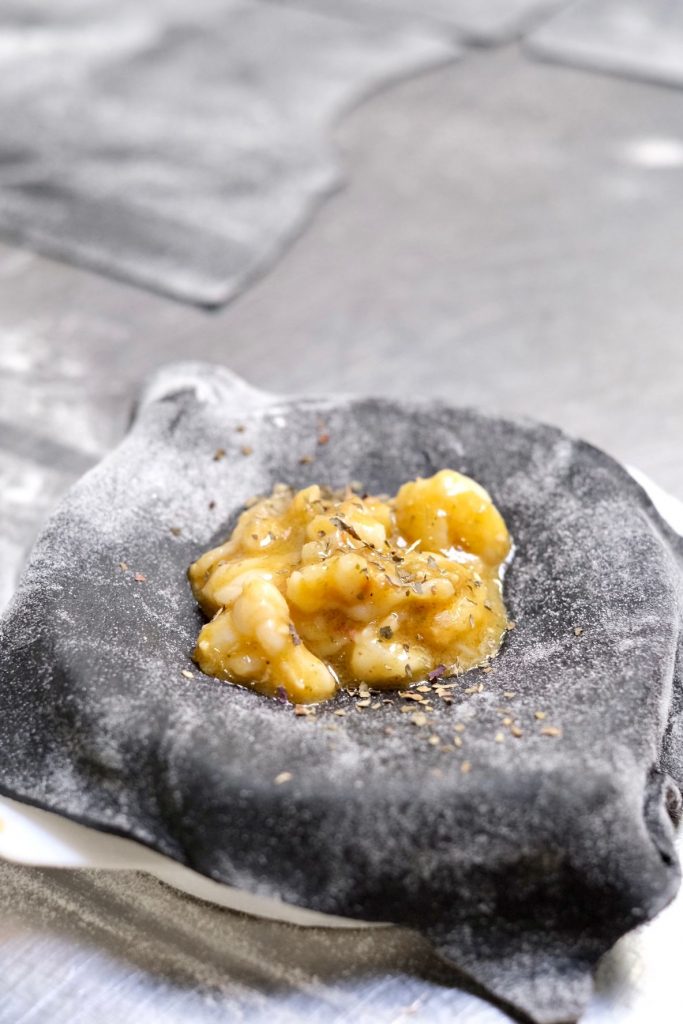
Lobster—we season and grill the lobster first on the meat side and finish it in the shell by adding the butter. Serve it on golden rice (rice in saffron sauce).
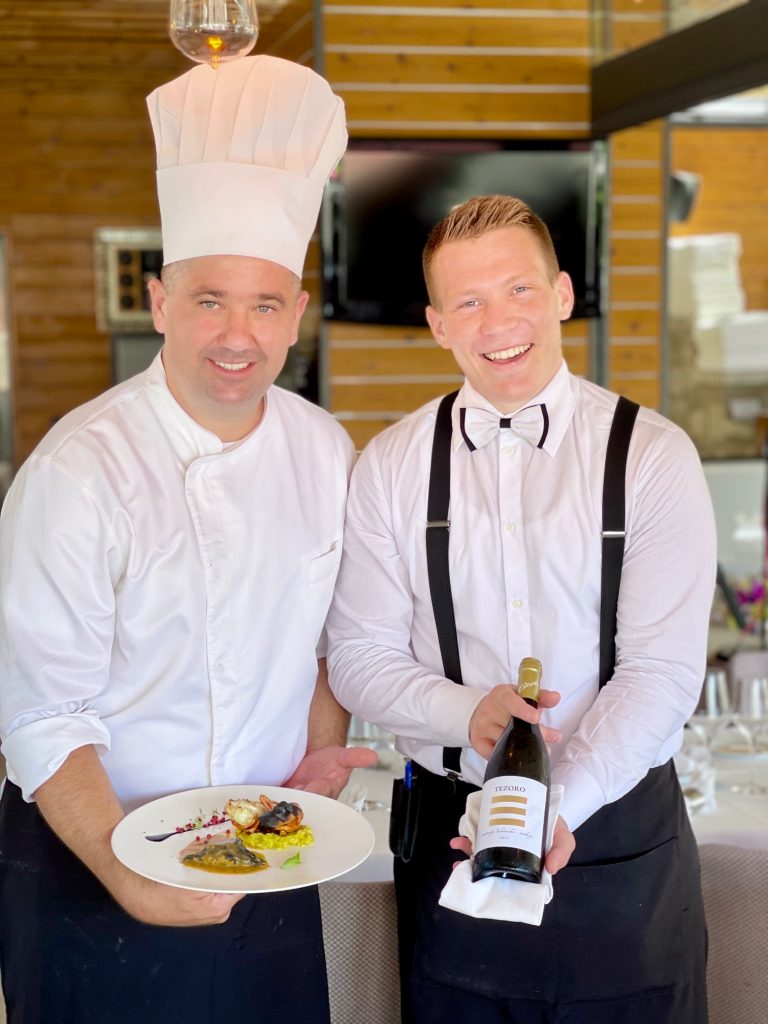
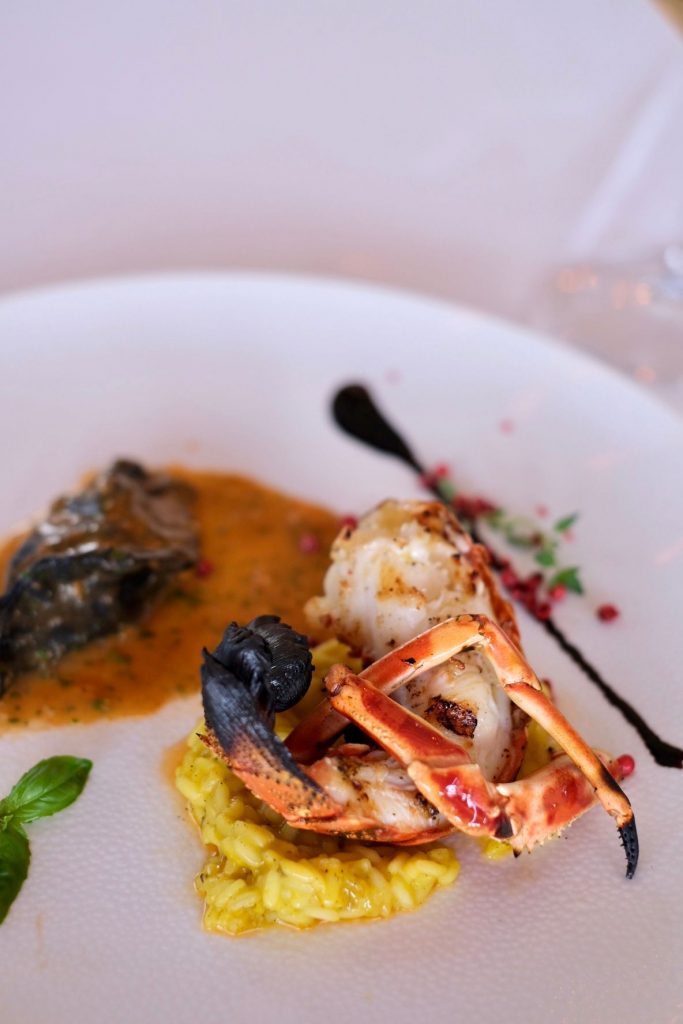
We hope we managed to inspire you to visit this magical city that has so many things to offer. This was only a part of the atmosphere. If you wish to find out more, click here for additional information.
Jasminka Đaković
Photos: Putopis
Blog is done in cooperation with Podravka
Special thanks to restaurant Posat and Dubrovnik Tourist Board


4 comments
Dubrovnik looks like a very beautiful city to visit. I need to add it to my bucket list. Thank you for sharing.
Thank you so much, we’re sure you’d love it :-)
Those are some amazing photos. Everything looks and sounds really great. I just worry about going to Eastern Europe as a Black person
Thank you so much. Dubrovnik is full of wonderful architecture and amazing photo points. You shouldn’t worry about that. Croatia welcomes all travelers regardless of their nationality or skin color.